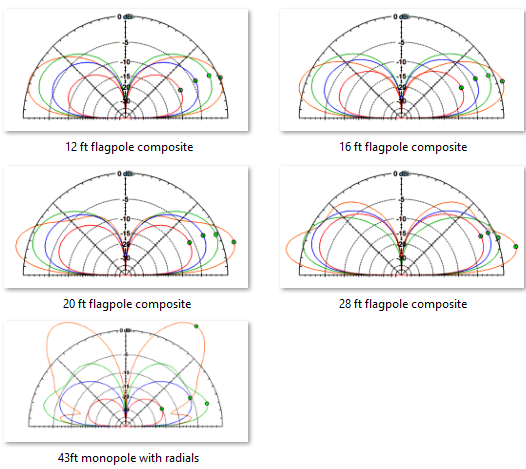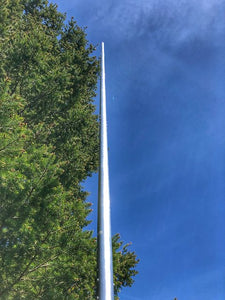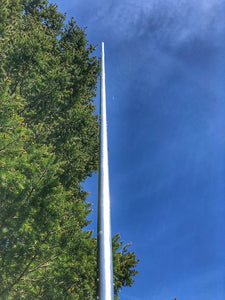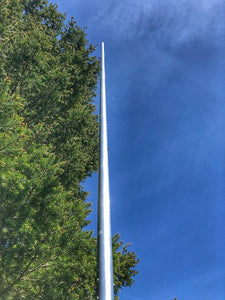Collection: All Antennas | Compare 160M−6M Models & VDA Performance
Vertical Dipole Antenna Technology: The Smarter Foundation for Every Goal

Color Key: *80M-red | 40M-blue | 20M-green | 15M-orange
Every antenna in the Greyline family—from our discreet DX Flagpole Antennas to our rugged Verticals—is built on the same highly efficient Vertical Dipole Antenna () platform. This design guarantees low-noise and no radial fuss, making the choice simple:
How high can you go, and how stealthy do you need to be?
-
Choice 1: Flagpole Antennas: The Elegant solution. and approved due to their stealth aesthetic and clean profile. Performance is guaranteed—your neighbors won't notice, but the world will.
-
Choice 2: Vertical Antennas: The Strong solution. Built for maximum ruggedness for permanent installs, light weight strength for versatility, and achieving the lowest radiation angle possible.
Engineered for : All models are built with Aircraft-Grade () aluminum and designed to be compatible with our . This allows every operator to precisely fine-tune their system's electrical length for maximum gain potential.
Explore the models below to find the perfect blend of height, performance, and approval for your .
-
28' HF Vertical Antenna: Uncompromised DX Powerhouse 160-6M

- Regular price
- $1,275.00
- Sale price
- $999.00
-
24' HF Vertical | High-Performance No-Radial Antenna 160-6M

- Regular price
- $1,200.00
- Sale price
- $950.00
-
20' HF Vertical | High-Performance No-Radial Antenna 160-6M

- Regular price
- $1,125.00
- Sale price
- $899.00
-
16' HF Vertical | High-Performance No-Radial Antenna 160-6M

- Regular price
- $1,050.00
- Sale price
- $850.00
-
12' HF Vertical | High-Performance No-Radial Antenna 160-6M

- Regular price
- $975.00
- Sale price
- $799.00











